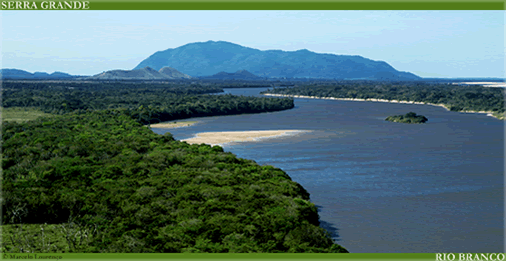Nematóides Causadores de Doenças em Frutíferas
DOI:
https://doi.org/10.18227/1982-8470ragro.v2i1.230Keywords:
fruticultura, nematoses, ocorrência, sintomasAbstract
Nos últimos anos, a fruticultura nacional passou por uma grande expansão, dentre os fatores que contribuíram para o aumento na área cultivada cita-se as condições climáticas favoráveis, que permitem produzir praticamente todos os tipos de frutas. No entanto, as frutíferas podem apresentar, ao longo do seu desenvolvimento e produção, diversos problemas fitossanitários, dentre eles o parasitismo por nematóides. Nematóides são importantes parasitos de plantas e encontram-se disseminados por todas as áreas nas quais a agricultura é explorada. Praticamente todas as espécies cultivadas são suscetíveis a esses patógenos, incluindo as frutíferas. No Brasil, há relato de 70 espécies de nematóides que atacam essas espécies. A fauna nematológica na rizosfera e no rizoplano de uma dessas plantas é bastante diferenciada e complexa, com algumas espécies de nematóides apresentando alta capacidade de reprodução, o que pode, ao longo do tempo, causar declínio da planta e redução na vida útil do pomar. Neste contexto, este trabalho teve como objetivo fazer uma abordagem geral em relação aos nematóides associados às principais frutíferas cultivadas no Brasil.Downloads
Published
Issue
Section
License
I declare on my behalf and on behalf of the other authors that I represent in the act of submitting this article, to REVISTA AGRO@MBIENTE ON-LINE that: • 1. The content of the article is the result of original data and not published or submitted to other journals . • 2. In addition to the lead author, all co-authors participated sufficiently in the work to make public their respective responsibilities for the content. • 3. In case of acceptance of the article, the authors agree that the copyright referring to it will become the exclusive property of Revista Agro@mbiente On-line, any reproduction, total or partial, in any other part or means of dissemination is prohibited, printed or electronic, without the prior and necessary authorization being requested and, if obtained, acknowledgments must be made to the Revista Agro@mbiente On-line of the Centro de Ciências Agrárias/UFRR.



